James IV: Life Story
A Renaissance Prince
Chapter 8 : Perkin Warbeck & Invasion of England
For James, as for all mediaeval and renaissance kings, warfare and increasing his military might was a part of the job, and he took to it with gusto. A seven year truce had been signed with England in 1493, reflecting the pro-English stance of Angus and Bishop Elphinstone, but, his confidence boosted by success in the Isles, James grabbed the chance presented by trouble south of the Border in the 1490s to raise his profile on the European stage.
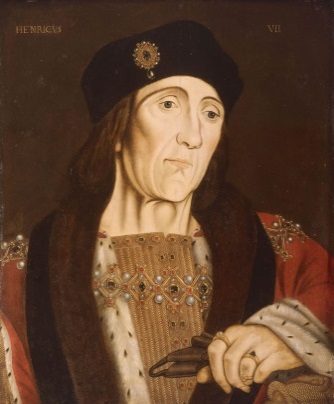
Henry VII of England was plagued by a young man claiming to be Richard, Duke of York, son of Edward IV. The man, whose real name was probably Perkin Warbeck, had been received with all honour in France, Burgundy and other parts of the Empire. He had failed, however, in his first attempt to invade England, and was now looking for more support.
Scotland in the early days of James' reign had been cautious about getting involved, and was actively discouraged from doing so by the Spanish sovereigns who wanted to maintain peace between England and Scotland. Now, James decided to welcome Warbeck with open arms. The young man was treated as a prince and married to Lady Katherine Gordon, daughter of one of James' chief earls.
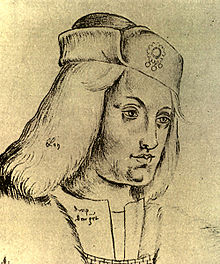
Over the following eighteen months, Warbeck received Scottish support, culminating in an invasion, led by James and Warbeck in late summer of 1496. Warbeck, appalled by the reality of war, left after a day's campaigning, but James pressed on. His aim was the re-capture of Berwick.
For a few weeks, James and his well-equipped troops made trouble for England, destroying castles between the Rivers Tweed and Till and giving Norham Castle a severe battering. In late September, the English army, under Thomas Howard, Earl of Surrey, left Newcastle. James retired back over the Tweed, pleased with his summer's work, especially as he had taken enough plunder to pay for the campaign.
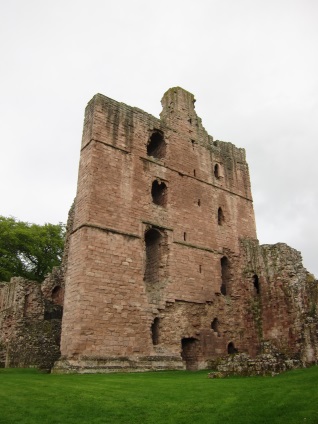
Henry VII was by no means an aggressive king, but he would not tolerate incursions into his territory. With an enormous sum in taxation voted by Parliament, Henry set about raising an army to teach James a lesson. James stayed close to the Border, over-wintering at Melrose Abbey and readying his artillery for war.
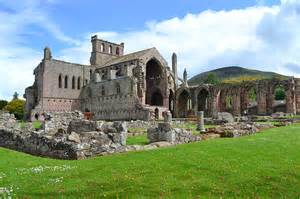
James owned the massive gun, Mons Meg, by far the largest artillery piece in the British Isles. Mons Meg was capable of doing spectacular damage with its eighteen-inch diameter, 330lb cannon balls that could travel well over a mile and a half. Mons Meg was brought up from Edinburgh Castle and fitted with new wheels, ready to trundle into battle. The host was summoned for June 1497.There were efforts from both Spain and France to make peace between the countries, but, at this stage, neither king was prepared to back down.
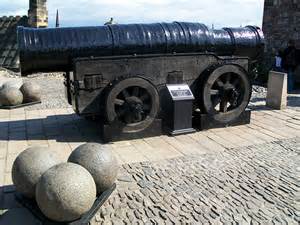
In May however, Henry hit a snag as the £120,000 in taxes voted by Parliament came to be collected. Cornwall rebelled. The threat was so serious, that Henry quickly looked to make peace with Scotland, even though the Cornish revolt was defeated by mid-June.
In July, Warbeck was provisioned by James with a ship to sail to Ireland or the West of England, where he failed to make any headway and was captured. James, meanwhile, with his army now arrayed, was showing his strength. Henry had sent three ambassadors to treat with his Scottish counterpart, including Bishop Richard Fox, one of his chief Councillors. James, with his levies arriving for the previously agreed June meet, declined to treat. He besieged Norham Castle with Bishop Fox inside and did significant damage to the fabric.
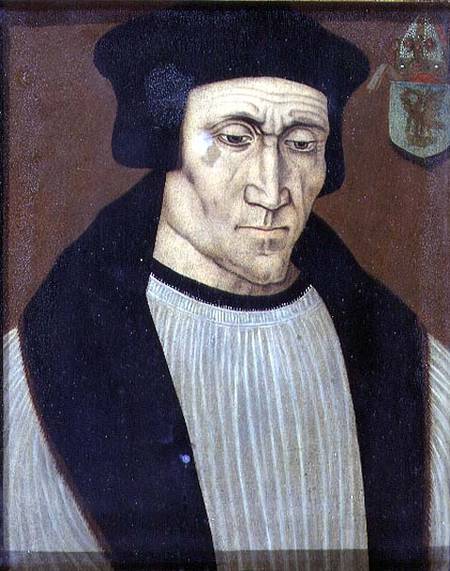
Before the Castle could be forced to surrender, Henry's army, under the Earl of Surrey advanced, so James, deciding to quit while he was ahead, retired to Edinburgh. Surrey did not pause at the border, but marched on to besiege Ayton Castle, the property of Lord Hume.
The majority of James' army had now finished its service and dispersed, however, he marched out again with as many troops as he could muster. Surrey, although with more men, was not well provisioned. The two armies drew up some twelve miles apart and their leaders sent aggravating messages to each other, with no real intent of coming to a pitched fight. Rather provokingly, James challenged Surrey to single combat, the winner to take Berwick.
The Earl, who was in his late fifties, compared with James' twenty-four, wisely declined, saying that although he was honoured that a king would fight a mere earl, Berwick belonged to his master and he could not pledge it.
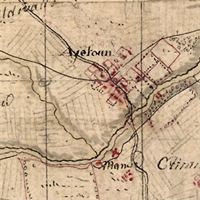
Both armies retired, but James had shown himself as a successful leader with the resources and skill to cause Henry VII annoyance and unpleasant expenditure. He was thus in a position to make peace on good terms. A seven year truce, the Truce of Ayton was signed on 5 th September, pending a more comprehensive treaty.



